Blueprint Simulations has done an airport of which I am very familiar, Toronto International, formally known as Lester B. Pearson International, CYYZ. I live in Toronto so I thought I’d review this scenery.
First of all, I live on the flight path of runway 23 about 6nm out and I have been visiting the airport allot this summer. Plane spotting is one of my hobbies. More like plane watching actually but I do have a collection of photos of some of the rare aircraft I’ve seen over the years. CYYZ is in the process of a major facelift which started a few years ago. Terminal’s 1 and 3 are now operational while number 2 is in the reconstruction phase.
CYYZ was built in 1938 and currently has five runways. It seems overkill as only three of them are used 95% of the time that I’ve been watching, but they have planned for the future when Terminal 2 is completed and the estimated 50 million passengers pass through in 2020.
The runways are:
05/23 — 3,389 m (11,120 ft) — ILS 109.70/111.50
06L/24R – 2,956 m (9,697 ft) — ILS 109.10/109.30
06R/24L — 2743 m (9,000 ft) — ILS 111.95/111.95
15L/33R — 3,368 m (11,050 ft) — ILS 110.50/110.95
15R/33L — 2,770 m (9,088 ft) — ILS 110.95/110.30
Together they can handle up to 610,000 movements per year. The VOR on site is 112.15. There are numerous NDB’s but all runways have an ILS so you won’t need the NDB unless you are flying a light aircraft that isn’t equipped with ILS. As I mentioned earlier, runways 15L/R and 33L/R are rarely used as of late. Unfortunately, this is hard to simulate in FS so you will be using 33L/R allot more than they really do. One important note for 33L/R departures is the mandatory turn to 360 once you are at a safe altitude to do so. This is a noise abatement procedure because there’s a heavily populated area to the north west of CYYZ.
Terminal 1 is used by Air Canada, it’s Star Alliance partners, and a few others and can handle 21 million passengers annually. Terminal 3 is used by Westjet, SkyTeam, and OneWorld Alliance airlines and a couple others handling up to 14 million pax per year. While Terminal 2 is under construction, the IFT (In Field Terminal) located in the center of the airport surrounded by runways is used to take up the access capacity of up to 4 million per year. On top of these are the Cargo buildings. UPS uses the Vista Cargo building on the north east side while Fedex has built its own terminal on the north west side. Finally, there are 7 hangers belonging to Air Canada, Air Transat, Skyservice, and the GTAA (Greater Toronto Airport Authority) itself.
Installation
The installation is done using an executable file. The downloaded version is 1.1.1 but there is an update on the site to bring it to the current 1.2.1. During the installation you are given the option to install the static scenery with the warning that it is framerate intensive. Heed this warning. The framerate hit is serious. I’d advise installing the static scenery and then manually removing the files one by one until you are happy with the performance. The files are easily identifiable by filename and by the sheer size in a few cases.
You have to add the scenery to the database yourself. I used to frown on this but I’ve come to realize that the developer is playing it safe and not touching your scenery.cfg file. Some people are not comfortable with having their cfg files modified so I understand the caution on Blueprint’s side. The included manual gives fantastic instructions on installing the scenery. There are pictures to show how it should look on your system as you go through the installation into your database. The manual also includes some information on the airport and details on which airlines are assigned to each gate. Very nice to see the attention to detail in this regard.
The Analysis (FS 2004 version)
First of all they provide an AFCAD file to place the aircraft at their proper gates and even the size of aircraft that the gates handle is accurate. That is, you won’t see a 747 parked at a gate that will only fit a Dash 8. I have to say the parking looks correct. I use WOAI and a few others compiled with TTools and the aircraft park at the correct locations at the passenger and cargo terminals. The small passenger terminal, named Aerocentre, near the Fedex building has it’s parking areas designated as GA Medium. So, you may see Air Canada Jazz Dash-8’s parked here which isn’t really the case. It’s used by bizjets and by Air Alliance (contractor of Air Canada) to park their Beech 1900’s. If they had set it up for airline specific then you won’t see any GA Bizjets there so they had to make a comprimise.
The runways and taxiways are accurate. You’ll see some are of different colour and look out of place. It looks as messy as this in real life. There’s lots of patchwork at CYYZ by the construction crew. You may also notice the lack of vegetation used to make the landscape around the terminals look pretty. This, too, is how it really looks. The only exception here is the wooded area to the west of runway 33L. Blueprint has covered it but in real life it’s a heavily wooded area with a family of deer, too. To have it done properly would be a frame rate killer though. The taxiway signs are updated from the default ones. This is a welcome addition because there are many, many taxiways at CYYZ.
I am disappointed with the lack of perimeter fences around the airport. Also missing is the blast fence on runway 23. Without this there will be cars blowing off the heavily traveled Airport Road behind it. The road is only 50-100ft away. Some cars parked around the hanger areas would be nice too. The Fedex building isn’t perfect, but closely resembles the real life one. The hanger area on the north end is well done but missing one building, the North Lounge.
Also, I noticed that the textures on the air bridges are rather plain looking as are the textures for the elevated vehicle roads leading up to Terminal 1. The road textures look like they are missing so I contacted support. The explanation was that the ramps were meant to be viewed from the side and not the air. You won’t see the road texture from the airside while taxiing around. This makes sense and I applaud them for their honesty in their reply instead of making up excuses.
Terminal 1 is included and they’ve added a finger that isn’t there yet in reality, but will be in the next year or so. Terminal 2, while still intact in real life, has been completely removed and replaced with a bare construction area. These are noted in the manual so it’s not an error or omission, just forward planning. I like it. They are promising an update once they are able to confirm the layout of the new terminal 2.
Blueprint has included some ground photo scenery around the airport. I use Ultimate Terrain Canada and while you can tell where the photo scenery begins, it still looks good. It really adds to the feel of the airport while on approach. The night scenery is nice, not spectacular, but nice. This is the general feeling I get overall for this package. There are more screen shots at Simmarket and you can get there from the link near the end of the review.
Services
Many major airlines serve CYYZ so if you are a virtual plane spotter plan your flight to land between 2:30pm and 5pm when most of the trans-Atlantic flights arrive. You may even get to see Emirate’s A380 which lands around 3:30pm Mon, Wed, and Fri. Sometimes they use a B777 instead though.
Blueprint has placed numerous service vehicles around in logical locations.
Oh… in case you were ever wondering about the Air France A340 crash location. The final resting place was at the end of runway 24L down an embankment. Here’s a diagram. As you can see it’s very close to a road. Actually, that road is Highway 401… the busiest highway in Canada! It could have been disastrous but fortunately there were only injuries and no deaths.
Conclusion
Overall, I’m pleased with the airport. The price is $16.89 Can/USA each for the FS9 and FSX versions. The price is right for the quality and detail you get when compared to other sceneries at higher costs. It won’t blow your socks off, but it’s a big improvement over the default scenery.
I sent them a question regarding the textures on the roads leading to the ramp which gave me a chance to test their support. I was not let down. I sent the email on Saturday evening and received a reply on Sunday afternoon. A+ for support when you include the updates they provide to both the airport and AFCAD file.
Availability: From Simmarket for FS2004 (reviewed) and FSX
Filesize: FS2004 – 100mb, FSX – 100mb
Developer: Blueprint
Price: 12.48 Euros, approx $16.89 Canada/USA











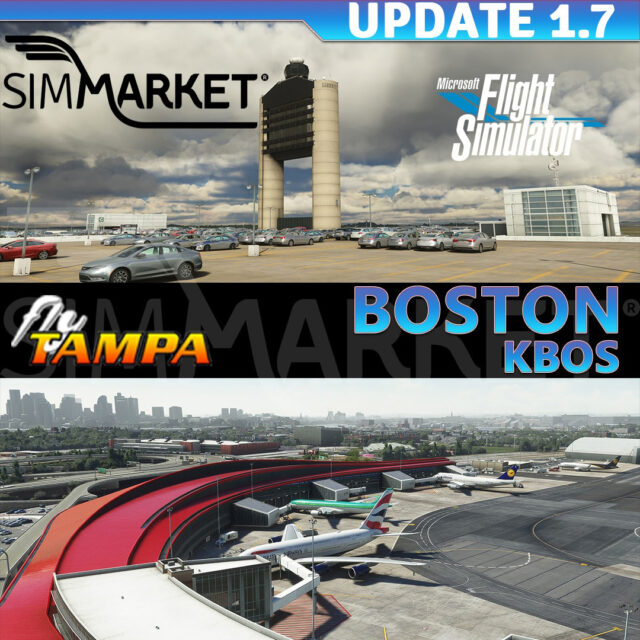
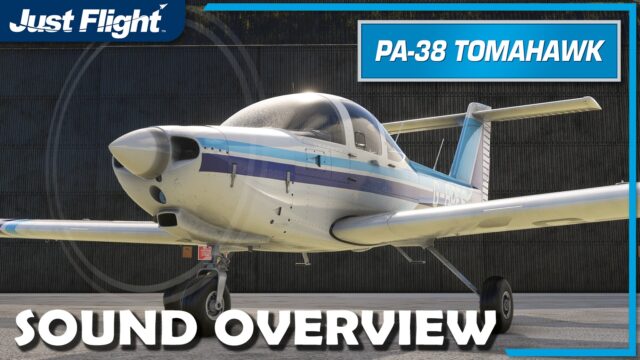
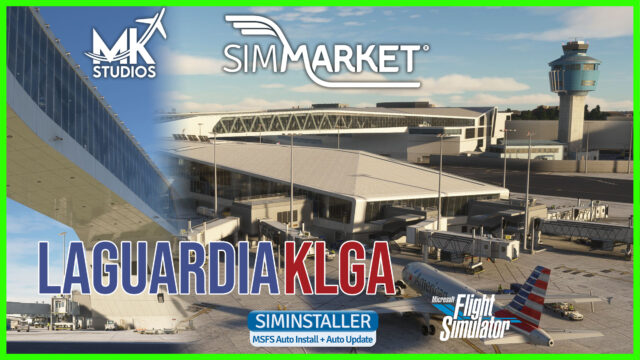
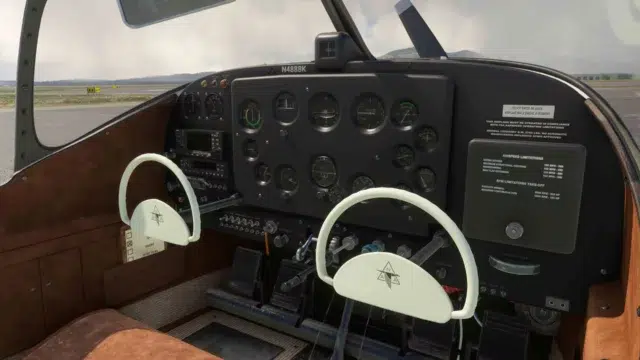
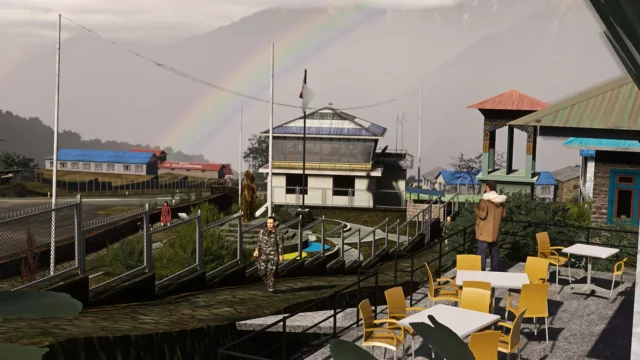
0 Responses
I suggested to them to do this and Montreal when they had their forums up. I also like they gave us KMSP by request which was sorely lacking from the FS world. A big thumbs up to this effort although I had to do considerable work to the AFCAD. There are far too many aircraft coming into this airport if one uses GA Traffic, Ultimate Traffic, and World of AI. I added many spots to the GA hanger area and added spots in the deicing area for traffic overflow during early morning hours. This scenery works great on top of the FS9 freeware scenery project by Flight Ontario http://www.flightontario.com/.
Using Ultimate Traffic and WOAI is probably creating duplicate arrivals and departures. I can tell you that until 10am the arrivals and departures are pretty steady. About 1 each per minute. It’s quiet then until 2pm with 1 each every 2-3 mins and then back to being really busy from then until late in the evening. Busy enough to have simultaneous approaches happening on 24L and 23. I use WOAI as the schedules are more up to date than UT and the AI aircraft look much better.